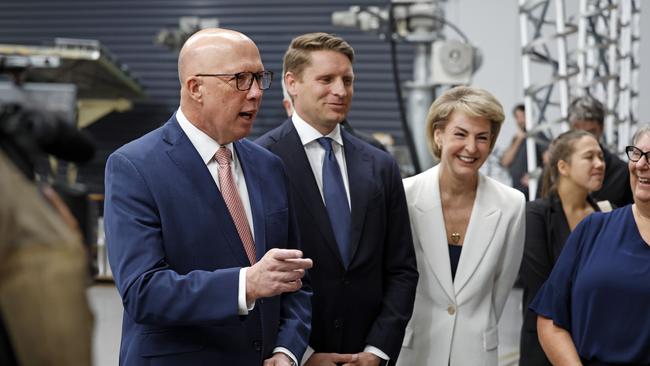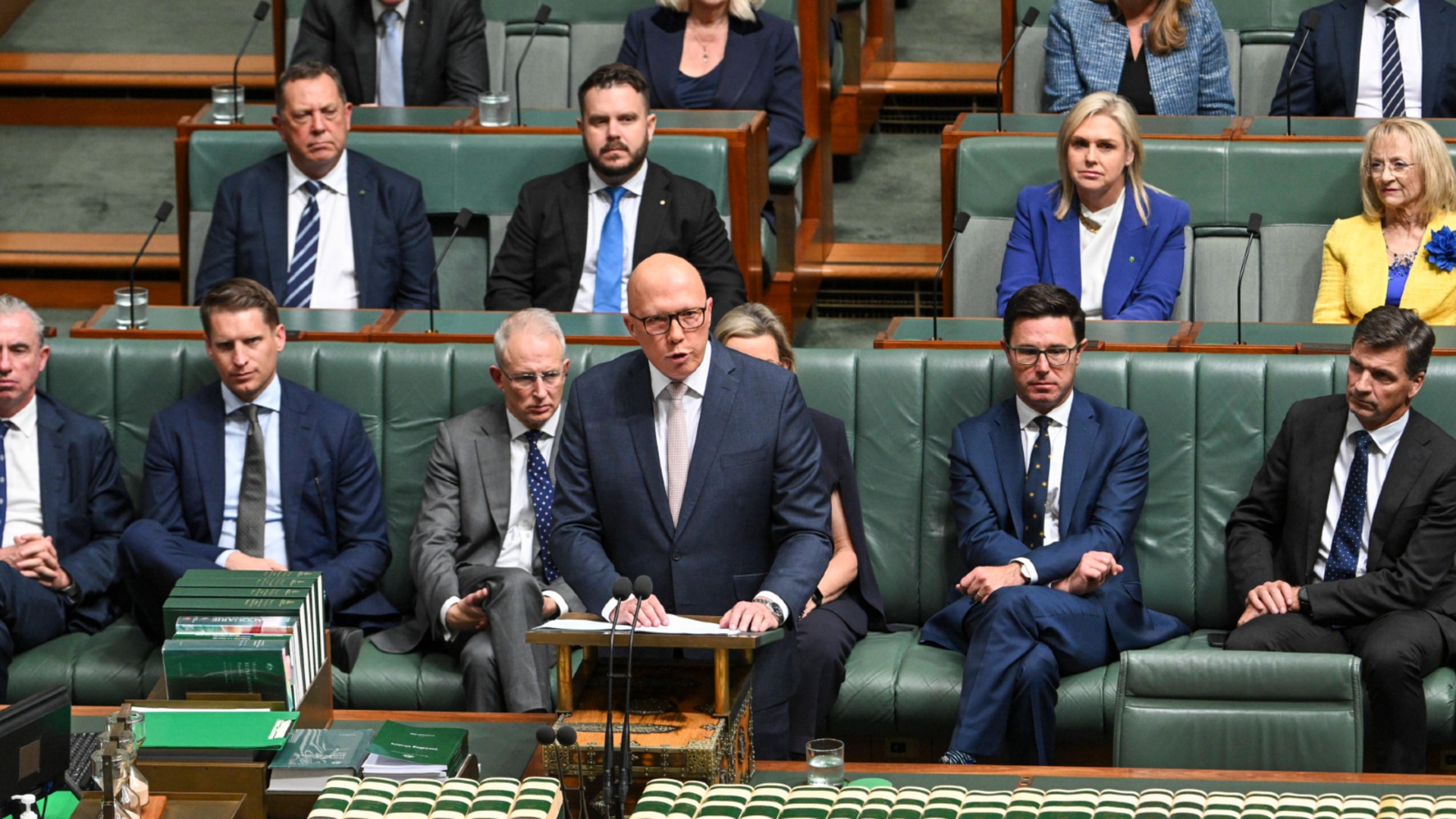Defence ‘hedging’ best policy to deal with Uncle Sam

Australia has been coasting on defence spending at 2 per cent of GDP or less for decades. That may have been appropriate in a post-Cold War world characterised by international rules and a US willing and able to enforce them. But we are now in a world in which authoritarian states are seeking to expand through force, relatively minor actors such as the Houthis can inflict global costs and, perhaps most concerningly, the US no longer seems committed to upholding the international order it created.
And even if we want the US to remain engaged, it is calling for its allies to spend more, and the figure coming out of Washington is 3 per cent. Either way, Australia has to step up.
The previous Coalition government acknowledged Australia’s declining security environment in its 2020 Defence Strategy, but then didn’t lift Defence’s funding envelope. Fortunately, it has moved forward.

The Albanese government also acknowledged our security challenges and set out increased funding in its 2024 National Defence Strategy with an additional $50.3bn over 10 years. But there’s little sense of urgency; it’s a very languid ramp up to 2.33 per cent of GDP over 10 years, with next to no new money in the early years.
Moreover, the increase goes on just two programs: nuclear-powered submarines and the new general purpose frigate program. These may be important priorities, but there was no new money for anything else or to address the existing pressures on the defence acquisition budget caused by an overstuffed wish list and high inflation.
That means we can now see the jarring opportunity cost presented by nuclear-powered submarines. Seven years before Australia has the first of its SSNs, their annual acquisition cost has exceeded the air force’s entire capital budget, with the result that the air force is not getting any new aircraft beyond what is already on order. Defence can’t simply absorb the cost of a “fourth service” on two-and-a-bit per cent of GDP.
So the Coalition’s funding can help to rebalance Defence’s investments. The Coalition states that the first five years would add $21.8bn to the current Defence funding line. By the end of the 10 years, the new funding line would be an annual increase of around $29bn on the Albanese government’s plan (from $100bn to $129bn). That’s real money.
However, the policy is very thin on details. The one explicit purchase is an additional squadron of F-35A Joint Strike Fighters to get the total to 100. It’s not a bad idea; the aircraft exists and is coming off a hot production line. But at around $4bn, it won’t consume all the extra money.
Before producing new shopping lists to spend it on, it’s important to ask what that additional defence spending is trying to achieve. There are two big strategic risks that it can address.
The first is our excessive reliance of the US. The Australian Defence Force has become increasingly American, with more of its key equipment and systems imported from the US.

That might have made sense when the primary role of the ADF was to plug into US-led coalitions, and interoperability and interchangeability with the US were essential priorities.
But now we need greater self-reliance. Certainly, we can’t walk away from our US equipment, but if we want to hedge, much of the new money will need to be invested in building up Australia’s own defence industry. The Coalition has hinted at that, suggesting some of the money will be spent on Australian companies designing drones and guided weapons.
The second risk is related; namely, the achievability of the AUKUS nuclear-powered submarine enterprise. The Coalition is committed to AUKUS, but even supporters of AUKUS acknowledge its risks, including whether we will get the submarines on time, our ability to crew them, and their future relevance.
All successful businesses need to hedge their risks to ensure they remain in business. Defence is no exception; it needs other systems that can deliver long-range strike capacity and effective deterrence whether AUKUS delivers or not.
Hedging could take a range of paths, from big options such as the (admittedly US) B-21 long-range stealth bomber, to new kinds of air and maritime drones and strike missiles Australian industry can design and build at scale, to our own satellite surveillance systems, to greater national resilience. The additional funding would make some of those options a reality. But most importantly the new funding has to start flowing immediately – more money in 10 years’ time doesn’t deter any threats today.
Marcus Hellyer is head of research at Strategic Analysis Australia.






The Coalition’s announcement that it will increase defence spending is a long overdue acknowledgment that business as usual in national security is not a valid option. Its intent to hit 2.5 per cent of GDP over the next five years and 3 per cent over the next 10 is a much needed recognition of our geopolitical realities.